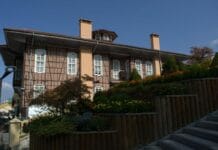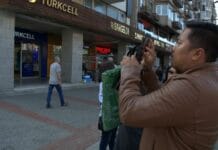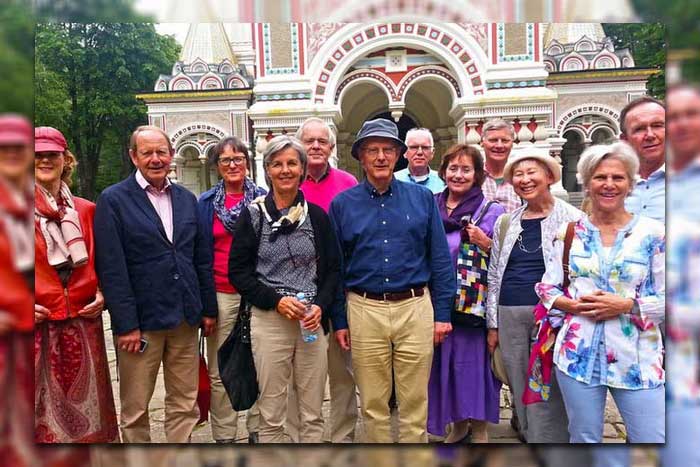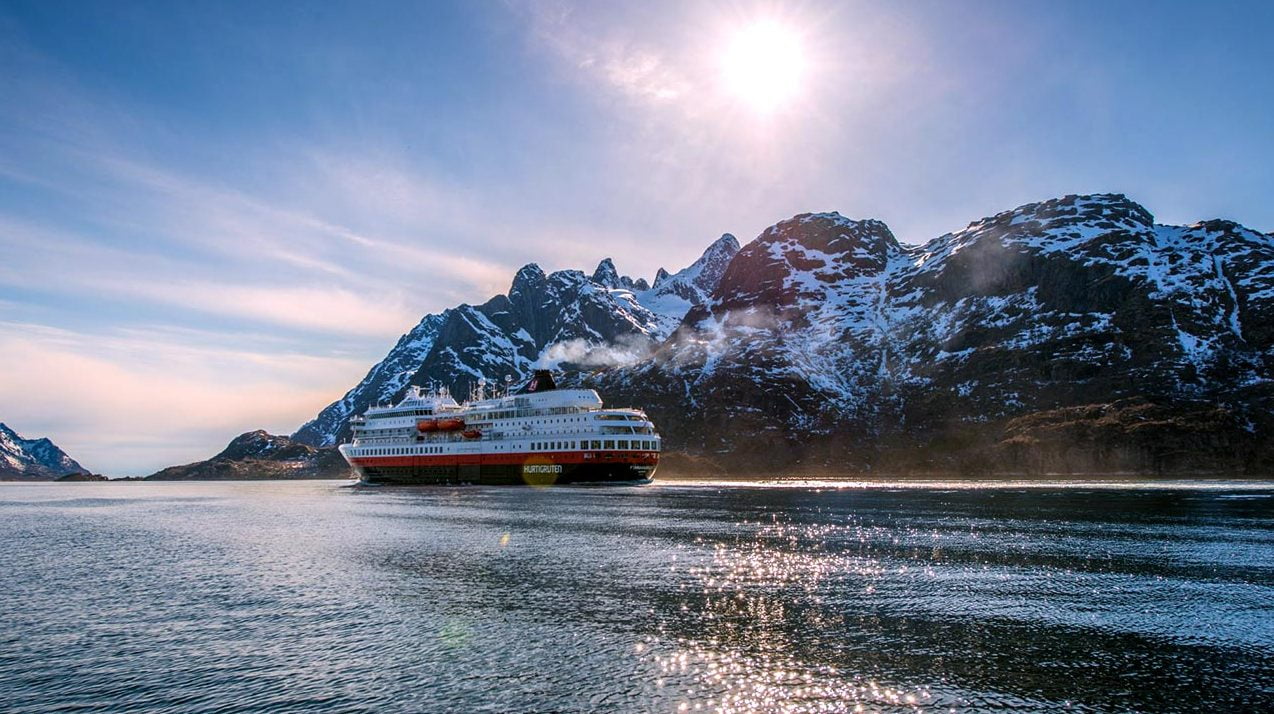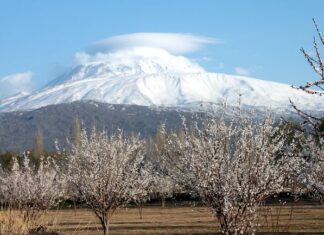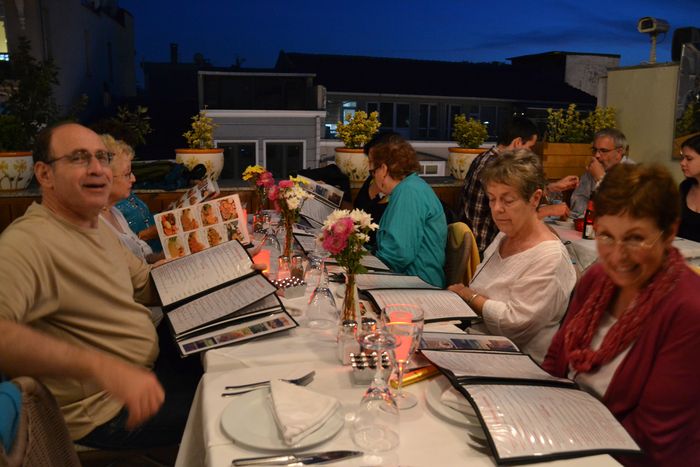The Second Council of Nicaea (787 AD)
The Second Council of Nicaea was the seventh major meeting (or ecumenical council) of the Christian Church. It took place in the year 787 AD in Nicaea, which is now called İznik in modern Turkey.
The main goal of this council was to settle a big argument in the church known as the Iconoclastic Controversy.
What Was the Iconoclastic Controversy?
The controversy started in the year 726 AD when Byzantine Emperor Leo III said that icons (religious pictures or images of Jesus, Mary, or the saints) should not be used or worshipped. He believed it was wrong and similar to idol worship John of Nicomedia.
Many people disagreed, as icons were important in helping Christians focus during prayer and worship.
What Did the Council Decide?
At the Second Council of Nicaea, church leaders decided that:
Icons can be shown respect and honor, which is called veneration.
But only God should receive adoration or worship.
Every church altar should include a relic (a sacred item, like a bone or object related to a saint).
These decisions are still followed today in both Catholic and Orthodox churches.
Who Organized the Council?
The council was called together by Patriarch Tarasius, with support from Empress Irene of the Byzantine Empire City Tours Istanbul.
Pope Adrian I also supported the council and sent representatives from Rome. Later, he approved all the decisions made at the council.
Was It Always Accepted?
The council’s decisions were challenged in France as late as the 11th century, mainly because some words in the documents were badly translated, leading to misunderstandings.
Eventually, the correct meanings were understood, and the Second Council of Nicaea was accepted as the seventh official ecumenical council of the Christian Church.
The Hagia Sophia of İznik
A Church with Great History
In the center of İznik, at the crossroads of Atatürk Street and Kilicaslan Street, stands a red-brick Byzantine church called Hagia Sophia (Aya Sofya).
This building is smaller and less fancy than the famous Hagia Sophia in Istanbul, but it is just as important because of its historical role.
Why Is It Important?
The Hagia Sophia in İznik is where the First and Second Councils of Nicaea were held. These councils were critical moments in early Christian history and helped shape key beliefs of the church, including the Nicene Creed, which many Christians still recite today.

